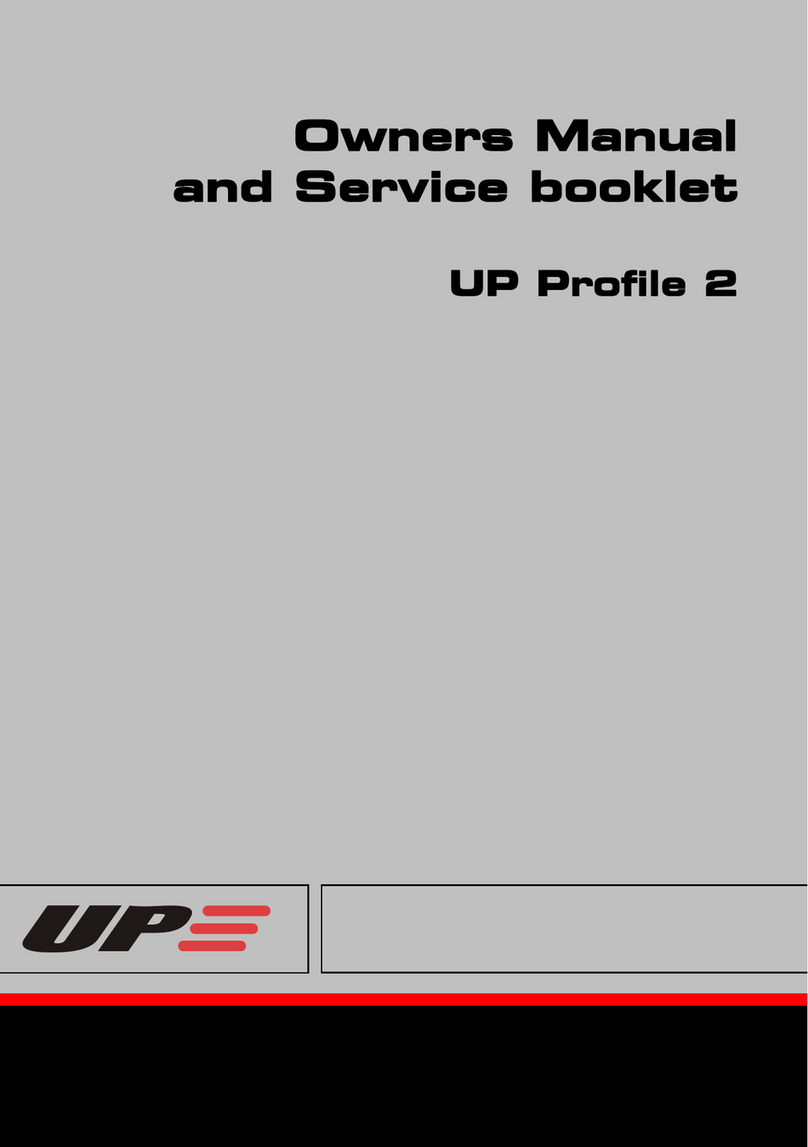2
TURNING ................................................................................................................ 17
C-RISER CONTROL................................................................................................... 17
LANDING................................................................................................................. 17
WINCH TOWING ....................................................................................................... 17
Latch attachment for paraglider towing............................................................. 18
FLIGHT SAFETY ..................................................................................................... 18
FLYING IN THERMALS AND TURBULENT CONDITIONS ..................................................... 19
DESCENT AIDS ........................................................................................................ 19
Steep spiral....................................................................................................... 19
B-Stall............................................................................................................... 20
Putting on ears ................................................................................................. 20
EXTREME FLIGHT MANEUVRES........................................................................... 21
BEHAVIOR IN EXTREME FLIGHT SITUATIONS................................................................. 21
COLLAPSE .............................................................................................................. 21
Asymmetric collapse......................................................................................... 21
Cravatte............................................................................................................ 21
Front stable....................................................................................................... 22
TYPES OF STALLS .................................................................................................... 22
Stalled flight...................................................................................................... 22
Fullstall ............................................................................................................. 22
Spin .................................................................................................................. 23
WINGOVER ............................................................................................................. 23
FURTHER REFERENCES............................................................................................ 23
Rain-induced deep stall.................................................................................... 23
Advertising and adhesive sail........................................................................... 24
Overload........................................................................................................... 24
Flying by the sea............................................................................................... 24
CARE OF THE PARAGLIDER................................................................................. 25
PACKING WING ........................................................................................................ 25
PARAGLIDER CLOTH................................................................................................. 25
PARAGLIDER LINES .................................................................................................. 26
STORAGE AND TRANSPORT....................................................................................... 26
Cleaning ........................................................................................................... 27
INSPECTION AND REPAIRS.................................................................................. 27
MAINTENANCE AND MINOR REPAIRS........................................................................... 27
Adhesive sail .................................................................................................... 27
Airworthiness review......................................................................................... 28
Expertise........................................................................................................... 28
Airworthiness check.......................................................................................... 28
Original parts .................................................................................................... 29
Delivery service ................................................................................................ 29
WARRANTY CONDITIONS........................................................................................... 29
National warranty provisions............................................................................. 29




























